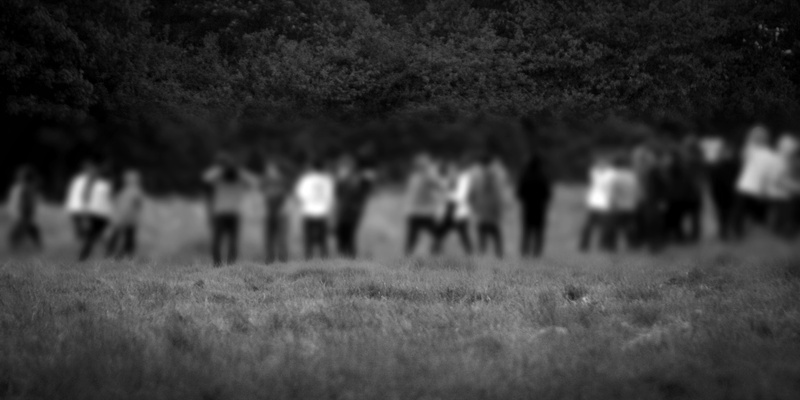Nearly half of all people in the UK believe children are becoming more “feral”, according to a report published today.
The study carried out by ICM Research on behalf of Barnardo’s found 49% of people believe children are beginning to behave like animals, while 44% (43% in Scotland) regard them as feral.
It also found 30.5% of adults in Scotland believe children with behavioural problems are beyond help by the time they reach the age of 10.
Barnardo’s chief executive Anne Marie Carrie said: ”It is depressing that so many people are ready to give up on children, writing them off as ‘animals’ or ‘feral’. What hope is there for childhood in the UK today if this how adults think?
”We seem to have forgotten the fact that most children are well-behaved and instead we are unquestionably accepting a stereotype of young people as criminal and revolting.”
Neil Ellis, who runs the Boomerang centre in Dundee, said youths are being ”unfairly stigmatised”.
”There are a lot of good kids,” he said. ”We’ve had them doing volunteer work and things like that. There needs to be more inter-generational work so adults get to know kids and vice versa.”
He added: ”The bad reputation they have got in Stobswell is because there is nothing for them to do. People see them on the streets and assume they are up to no good.
”Drink is still a problem, but we find that you can talk to all of the kids even the ones regarded as the most difficult in Stobswell. If you speak to them they are just looking for something to do.”
Last week, the Scottish Policing Performance Framework Annual Report 2010-11 revealed that youth crime in Scotland had fallen from 75,772 incidents in 2008-09 to 54,647 last year.
A Scottish Government spokeswoman said: ”The Scottish Government is prioritising spend in the early years as we know that getting it right, from birth, will enable children to grow up as responsible and caring citizens.
”We also know it prevents problems from becoming crises and that for every £1 spent in the early years, it saves £9 in the long term.
”Alongside this work we have made record investments in violence reduction initiatives and the number of children and young people who have committed crimes and offences decreased in all eight of Scotland’s forces, leading to an overall decrease of 16.7% last year.”
